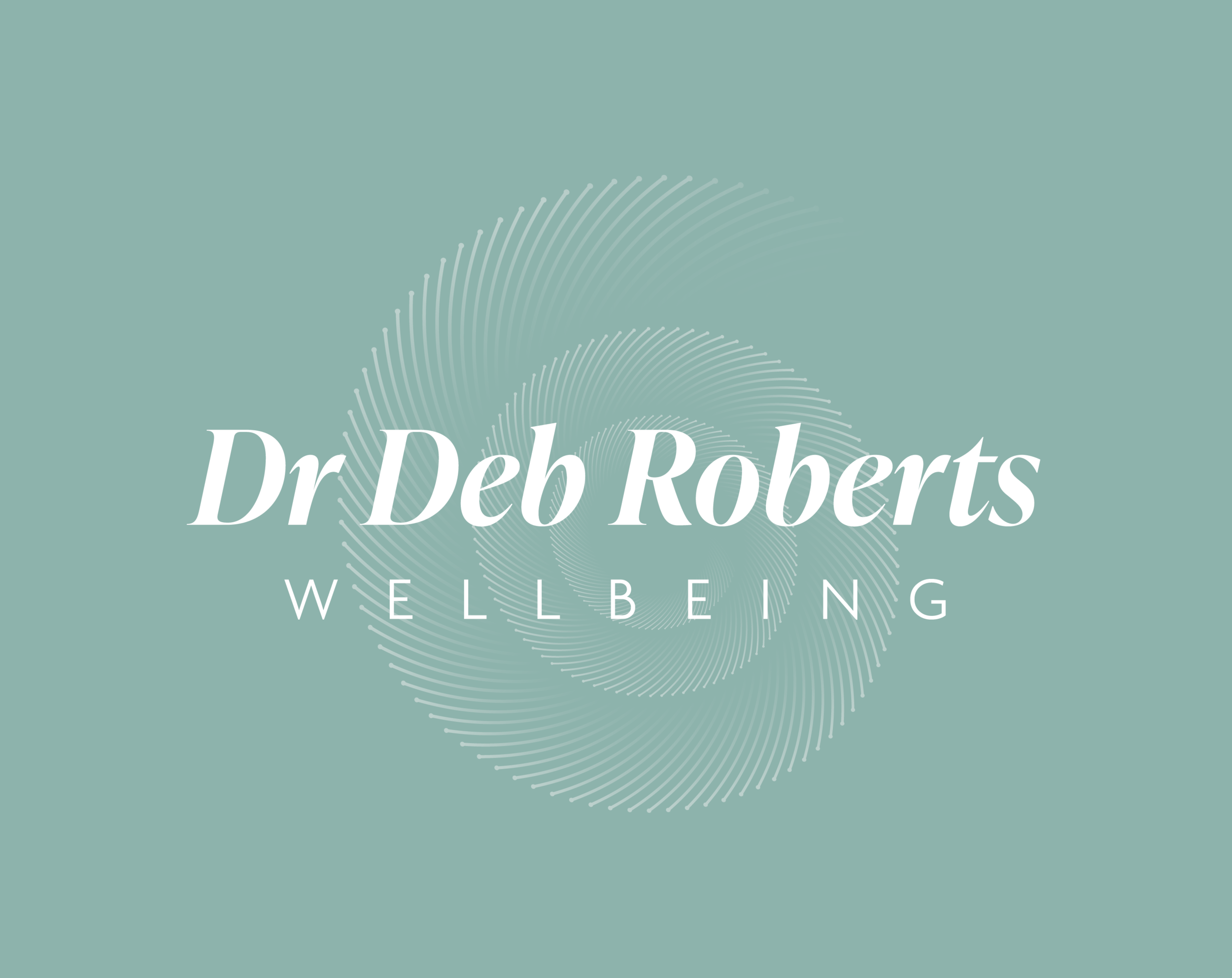Thoughts and feelings – the emotional states that guide our path
There is some conjecture on how many emotional states human beings experience. One of the prevailing thoughts developed by psychologist Paul Ekman in the 1990’s is that there are six basic states: happiness, sadness, surprise, anger, disgust, fear. This theory treats these feelings as building blocks and the foundation of more complex emotions. Anticipation, for example, could consist of both fear and happiness.
But not everyone agrees with this idea. More recently, researchers at UC Berkeley suggest that this simplifies things. Rather than six broad categories, they offer 27 distinct types of emotion, all of which are interconnected. Aesthetic appreciation is related to awe, which is related to admiration, etc.[1]
But regardless of the exact number of emotions that we are able to feel and name I’d argue that learning to sit with thoughts and feelings and emotions, the good and the bad, is essential for our emotional health and our relationships. This includes our most intimate relationship, the one we have with our self.
In my work, it is not a mastery of thoughts and feelings that is sought in the outset but, rather the recognition that they matter. (For the purposes of this blog piece I use the terms thoughts and feelings, and emotions interchangeably however acknowledging their differences.)
I believe that our emotional landscape is always developing and changing. Each year and every decade we evolve through our experiences both positive and challenging, and it's our ability to live with and recover from the accompanying emotional taxations that builds resilience and allows us to function and thrive.
By welcoming all of our thoughts, feelings and emotions, like a host welcomes guests at a party, we can get to know them a little better and over time we have a greater choice in our reactions and interactions with them. We can spend a lot of time with them or not, like any guest, it's our choice.
I’m currently working with a group of school children in a program that focuses on self-care and emotional regulation. In this program we work on an age appropriate understanding of this fundamental - that all thoughts and feelings are ok. We also discuss our individual choices on ways to act in relation to our thoughts and feelings. Ultimately It’s our choice, and what we do with them that truly matters.
Charles Darwin whom is revered for his theory of evolution also explored ‘thoughts and feelings’ too. In his third major work of evolutionary theory, called The Expression of the Emotions in Man and Animals (1872)[2] he related emotions and feelings back to past experiences and natural human evolution. His notion was that emotions evolved over time and were adaptive. Darwin’s particular piece of work on this looked at facial expressions in animals and humans and related them to common feelings.
I refer to Darwin’s work because human evolutionary behavior tends to have many commonalities. For example humans tend to have a negativity bias[3] which is evolutionary and can be detected at the earliest stage of the brains information processing.
This bias is part of our inbuilt survival instinct, aimed to keep us safe from predators and to stay alive. However, a lot of the time, that survival mechanism isn’t relevant to our current circumstances. We feel we are in impending danger but we are actually not. It’s a thought or feeling or emotion.
This is significant as it has been linked to the reason why many of us focus on negative life experiences and emotions over the seemingly more fleeting positive ones.
How interesting it is to understand that it’s our innate survival instinct that hard wires this thought bias.
In the work that I do with adults and children, learning to observe our thoughts, feelings and emotions and where possible understand their triggers is a powerful way of moving through negative or challenging states, and thereby finding an equilibrium more easily.
There is no logic in trying to avoid negative emotion, in fact I liken that to trying to avoid the rain, or a storm – they are all natural and evolutionary and exist for a reason. Allowing our emotional eco-system to flow provides us with a stronger and happy internal environment.
A constant challenge for me (and many others) is being able navigate my emotions well enough to be able to give time and energy to family, friends and community while not totally depleting my own energy reserves. My search for balance fuels my ongoing interest in the importance of working with emotional states.
Today it is my wish is to sit with the many feelings that I have and acknowledge and honour the uncomfortable nature of some of them. Then, I try to remember that the way I respond is up to me, and that I have an opportunity to make a wise choice (again and again).
I encourage you to explore the ways you and your students navigate the push-pull of negative thoughts, feelings and emotions, as well as supporting and celebrating the positive ones in your lives in an effort to maintain energy, balance and build wisdom.
Until next time, Deb
[1] https://www.forbes.com/sites/brucelee/2017/09/09/here-are-the-27-different-human-emotions-according-to-a-study/#75d1186b1335
[2] Darwin, C. The Expression of the Emotions in Man and Animals 1872
[3] Kanouse, D E and Hanson, L (1972). Negativity in evaluations, In E. E Jones D. E Kanouse, S Valin HH Kelly Re Nisbett and B Weiner (eds) Attribution: Perceiving the causes of behavior. Morristown NJ General Learning Press

